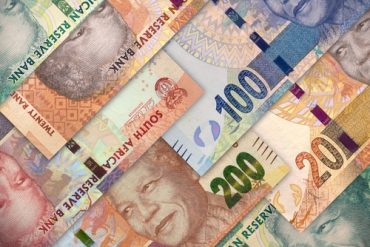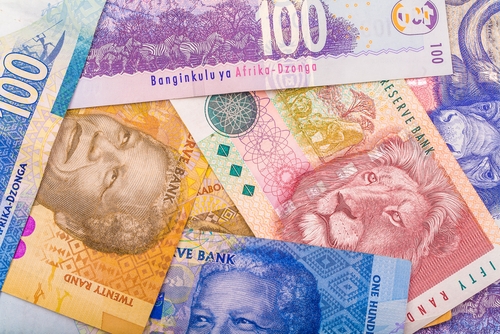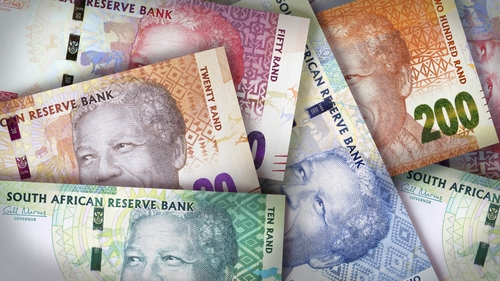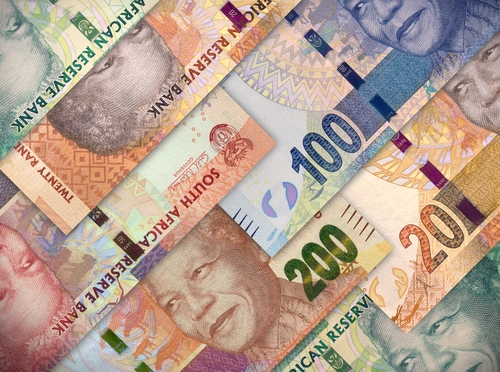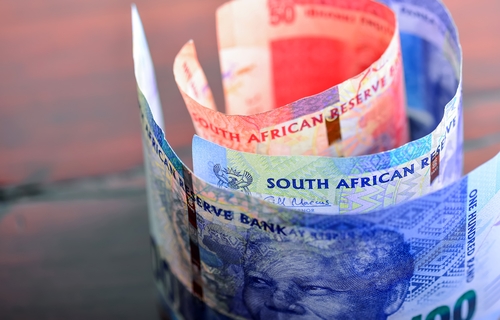SARB
On this page, you will read about everything you need to know about the South African Reserve Bank (SARB) including its latest monetary policy decisions and market-moving speeches.
The South African Reserve Bank is the central bank of South Africa. It is otherwise known by its initials as SARB. It is one of the first central banks established outside of Europe when it was founded in 1921. In Africa, it was the first monetary authority to be founded. Its inception followed World War I after the South African Parliament put it into place.
The SARB’s Mandate
The SARB’s primary responsibility, like any central bank, is to implement monetary policy. Based on economic data, it determines the proper level of money supply in the economy which helps promote growth while maintaining control over inflation. Aside from this, it is in charge of making sure that the banking system is stable and the national payment system is properly functioning.
Central Banks We cover for you: RBA –RBNZ –SNB – SARB –CBRT –Norges Bank –Riksbank – BOE –FOMC –BOJ– ECB.
In exceptional circumstances, the central bank may provide liquidity to struggling financial institutions. The SARB is also responsible for issuing coins and banknotes.
It is not owned by the government. In fact, it is one of the eight central banks in the world that have shareholders other than their own country. There are reportedly 696 shareholders who own the SARB.
Who Heads the SARB?
The South African Reserve Bank is headed by a governor and thirteen other members who make up the Monetary Policy Committee or the decision-making body. They meet every two months to decide where interest rates should go. Currently, the governor is Lesetja Kganyago. He has been at the helm of the central bank since 2014. Under him, he has focused SARB’s mandate on three things: monetary policy, inflation, and sustainable growth. He has been widely-considered as hawkish by most market participants. This means that he is often inclined to adopt measures that could decrease inflation. An example would be increasing interest rates in order to lower the money supply in the economy.


